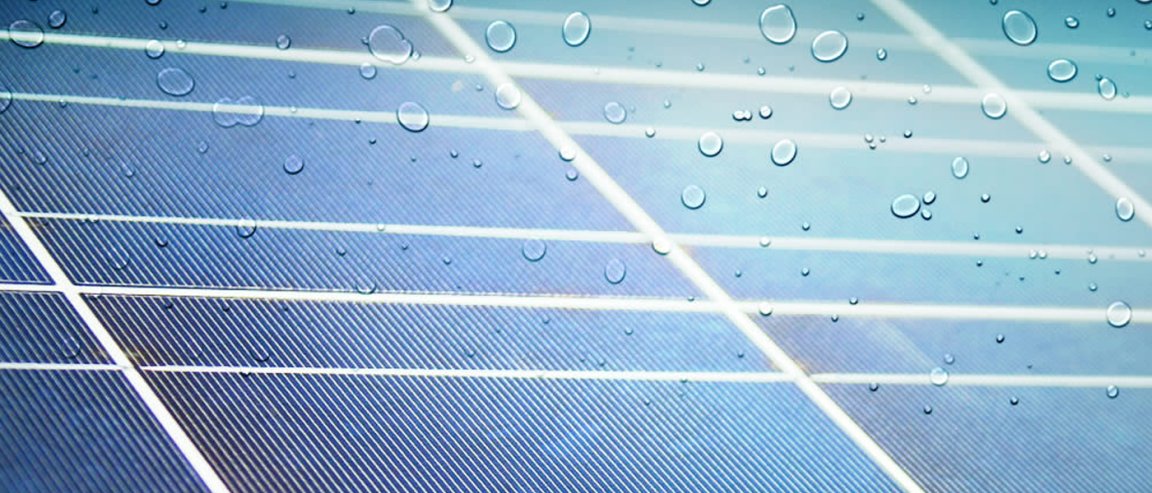
Solar power for rainy days
More and more funding is being spent on setting up alternative sources of energy. And solar power gets a huge piece of that pie. Indeed, whole nations are relying on solar power to provide energy to their cities. This is why solving the remaining ‘kinks’ in solar energy is increasingly important.
One such ‘kink’ is, simply put, rain.
Solar power has always been spotty in less than ideal weather conditions. Are cities just going to shut down when the clouds start appearing? Alas, it seems so. But there is hope.
Fortunately, a team of Chinese scientists are working to solve this problem. In a study published in Angewandte Chemie, Chinese scientists note that they are now able to create electricity with the assistance of raindrops. This is thanks to a thin layer of graphene they use to coat their solar cells during testing.

Hard Chemistry
A layer of graphene one atom thick allowed an excessive amount of electrons to move as they wished across the surface for the panel.
These new solar cells can be stimulated by incident light on sunny days and raindrops when it’s raining, yielding an optimal energy conversion efficiency of 6.53 % under 1.5 atmosphere thickness irradiation.
In situations where water is present, like rain, graphene binds its electrons with positively charged ions in a process called the Lewis acid-base interaction.
The salt contained in rain separates into ions (ammonium, calcium, and sodium), making graphene and natural water a great combination for creating energy. The water actually clings to the graphene, forming a dual layer (AKA pseudocapacitor) with the graphene electrons. The energy difference between these layers is so strong that it generates electricity.
This new concept can guide the design of advanced all-weather solar cells.